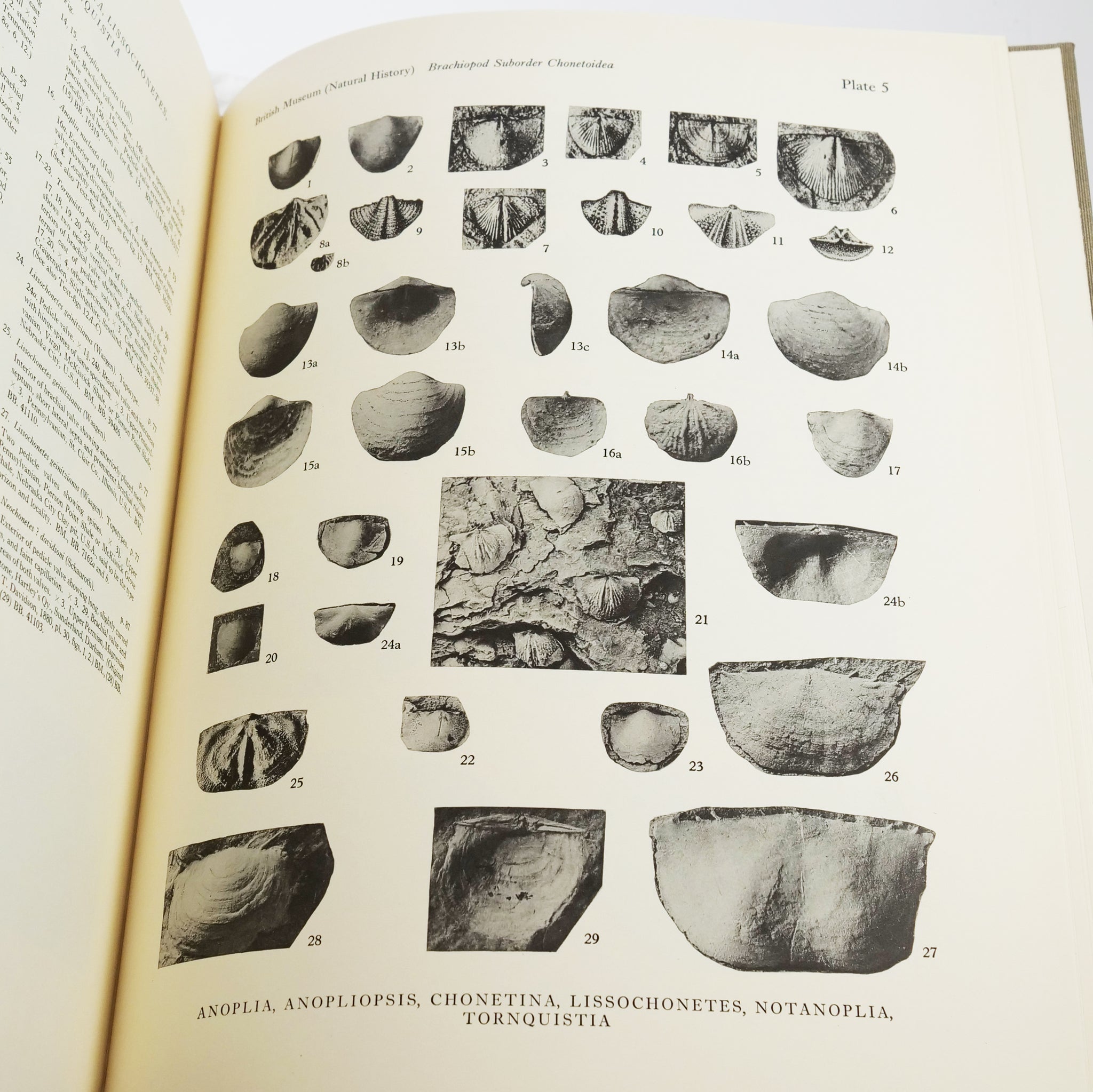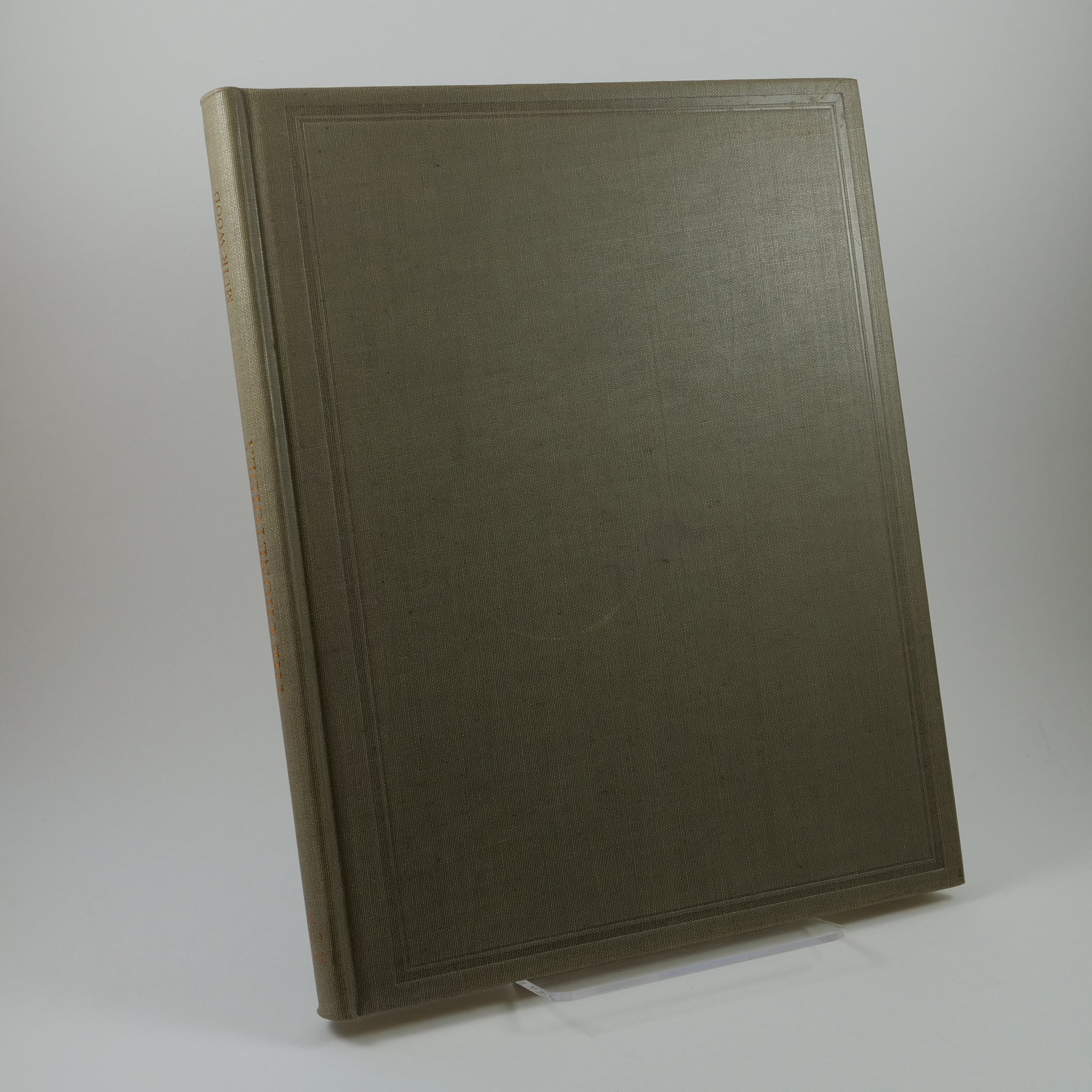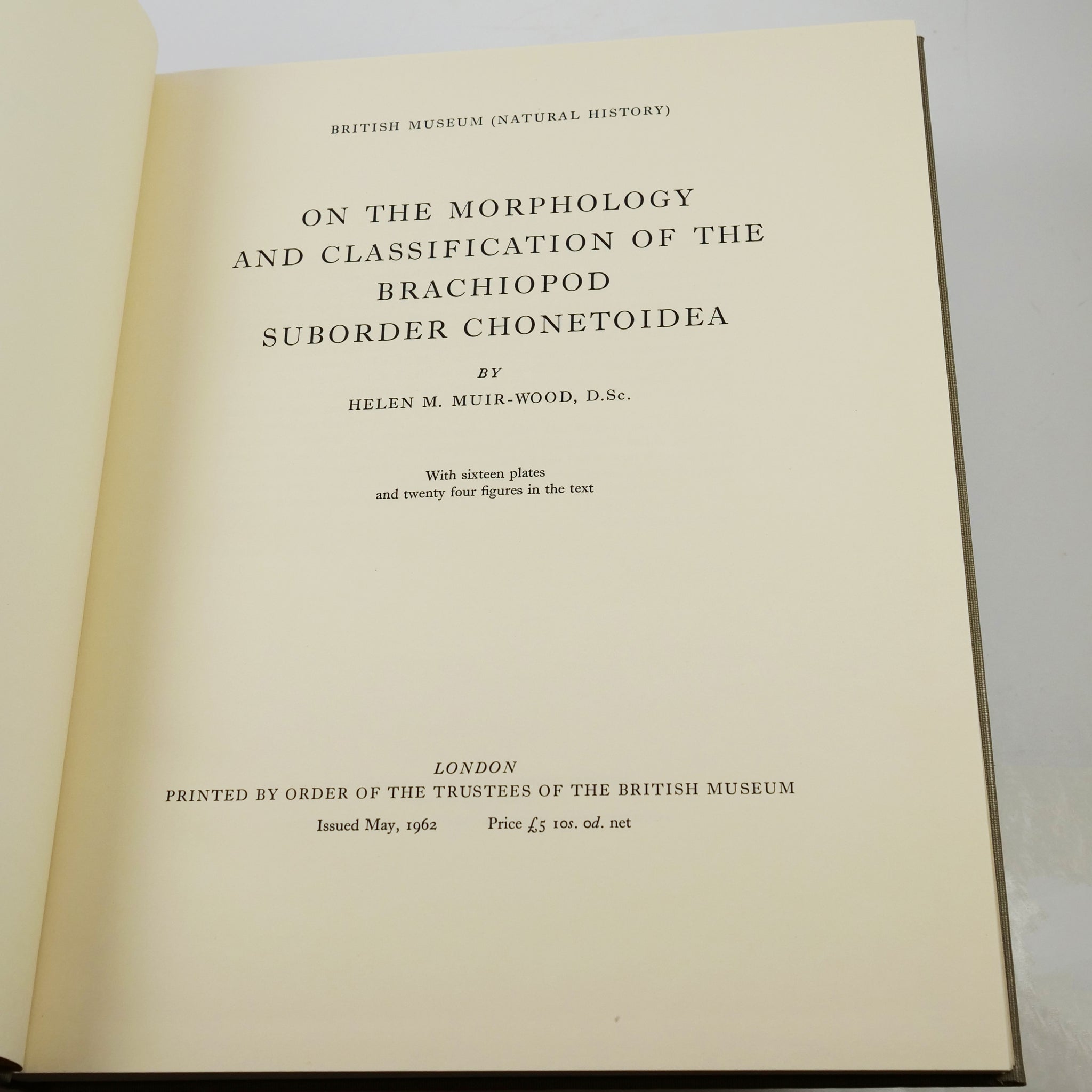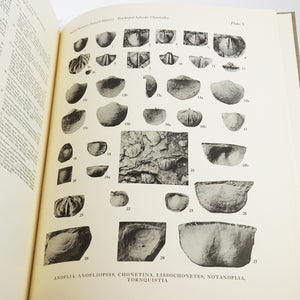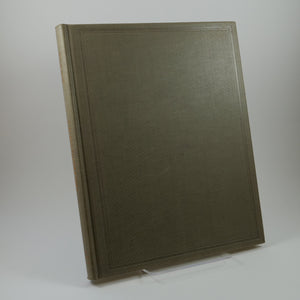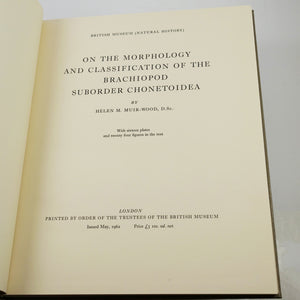Muir-Wood, Helen | On the Morphology and Classification of the Brachiopod Suborder Chonetoidea
£75.00
-
First edition of this culminating work by one of the world’s leading experts on prehistoric brachiopods, a large phylum of marine bivalves valuable for their role in understanding and dating geological strata.
“Brachiopods are characteristic of shallow marine environments, and in some Palaeozoic rocks they are the main rock-forming component. Brachiopods are also particularly suitable for palaeoecological analyses. Influenced by such factors as water depth, salinity, oxygen levels and static lifestyle, the distribution patterns of fossil brachiopods provide a useful tool in deducing the position of ancient shorelines and the past distribution of land and sea. Through the rapid evolution of some brachiopod lineages, they can be useful for understanding the relative ages of rock successions, and for correlation” (”Brachiopods: BSG Fossils and Geological Time”, the British Geological Survey website).
Helen Muir-Wood (1896-1968) “spent her career at the British Museum of Natural History and became an authority on the fossil brachiopods of the British Isles, India, Malaysia, Iran, Iraq, Israel, Jordon, and Somalia... She pioneered the classification of Mesozoic forms on their internal structure and wrote a history of the study of these fossils. However, even though she was the recognized expert on the phylum Brachiopoda, she never attempted a synthetic work that would trace its evolution from the simplest shell-bearing phase to its state of near extinction today. She was an extremely careful scholar who refused to generalize when she was not sure that the evidence was totally certain–both a strength and a weakness. Muir-Wood was awarded the Lyell Fund by the Geological Society of London in 1930 and Lyell Medal in 1958 for her contributions to the study of Brachiopoda. When she retired from the Museum of Natural History, she was awarded the Order of the British Empire in recognition of her services to that great institution” (Ogilvie, Biographical Dictionary of Women in Science, p. 923).
-
...With Sixteen Plates and Twenty Four Figures in the Text. London: printed by order of the Trustees of the British Museum, May, 1962.
Large octavo. Original grey cloth, titles to spine gilt, borders of boards blocked in blind. 16 plates from photographs, diagrams within the text. Faint ring mark to the upper board, a couple of small spots to the lower board. An excellent fresh copy.

